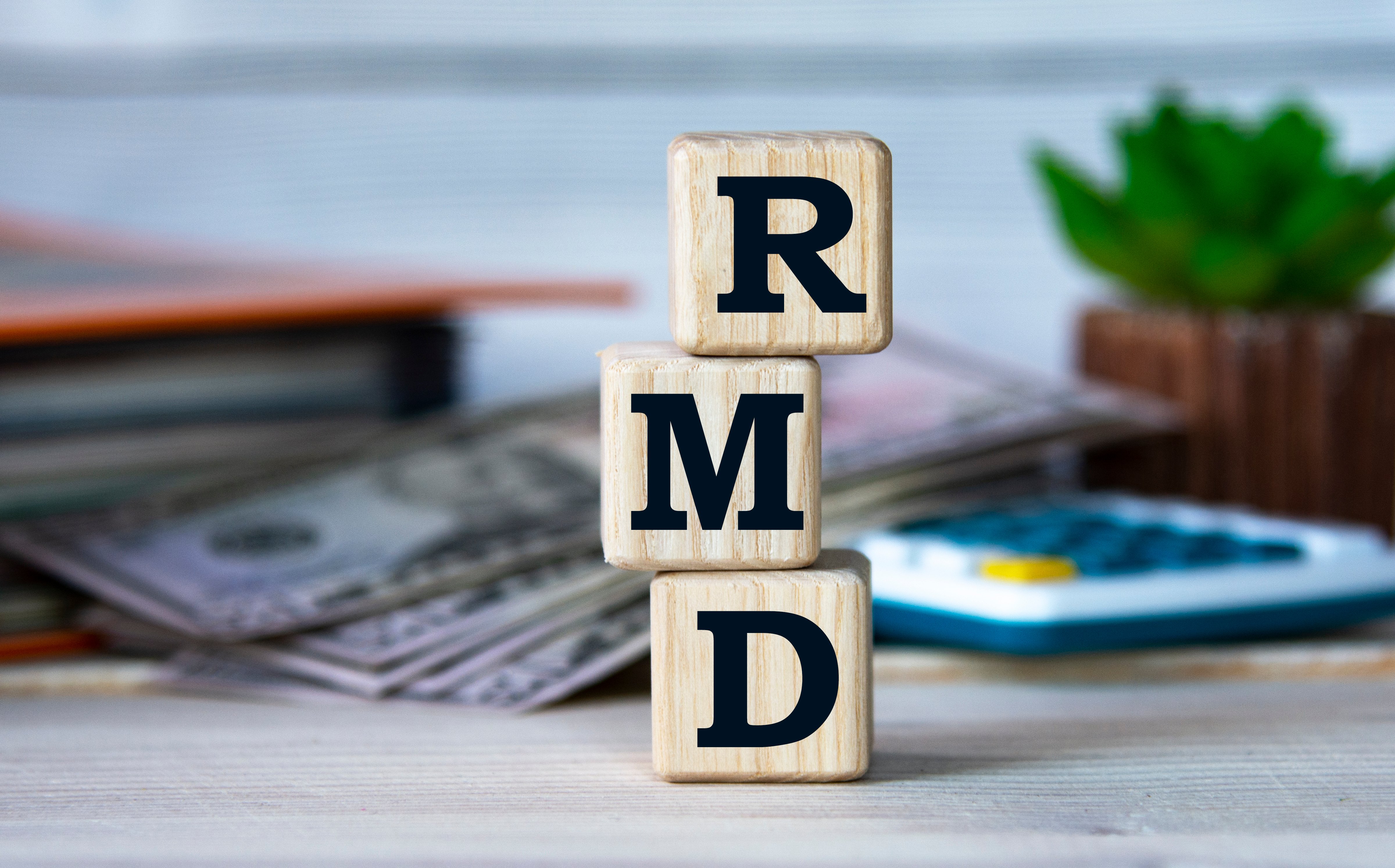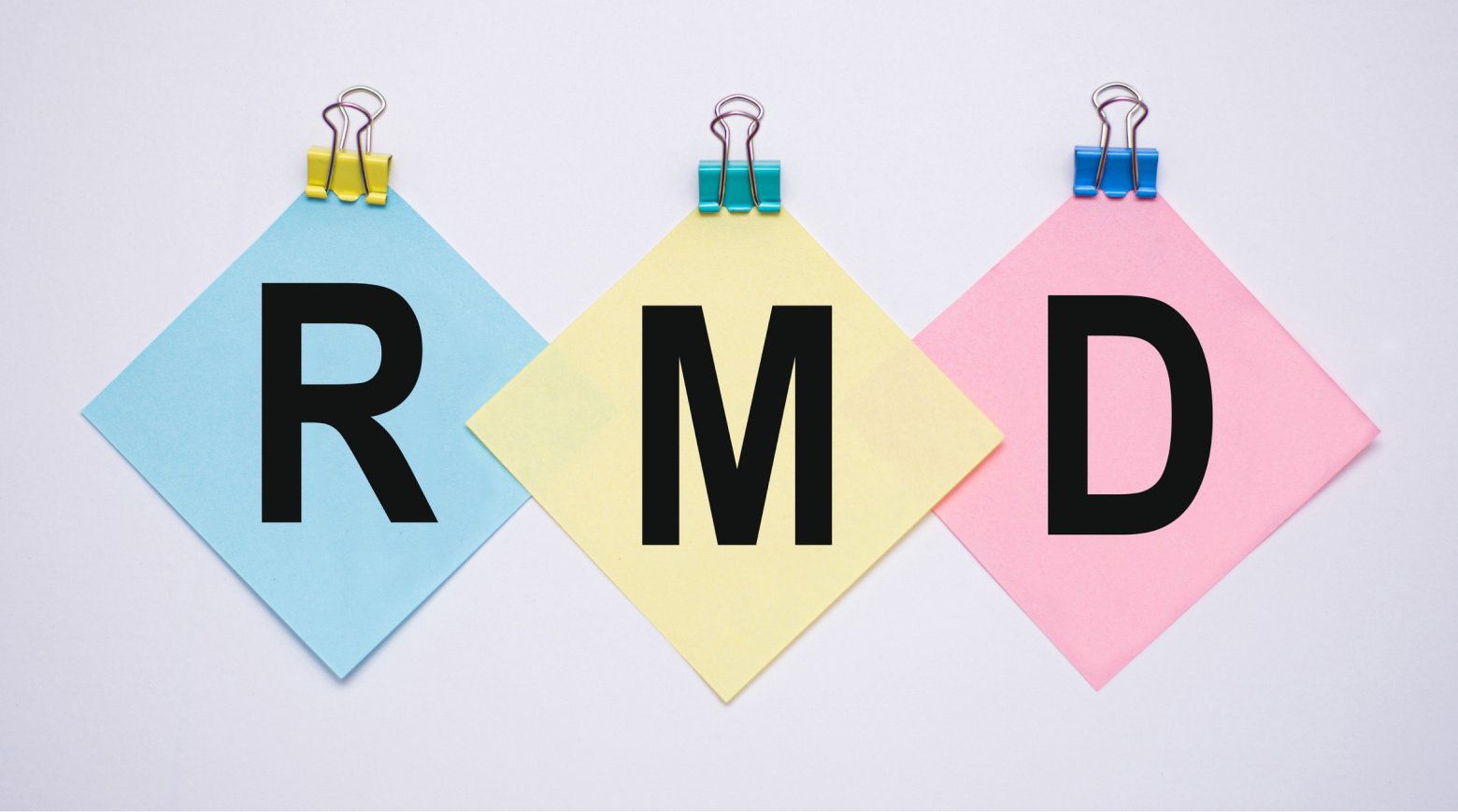You spent years — decades, even — diligently socking money away into your traditional IRA and your 401(k). You watched that money grow, and now you’re enjoying retirement.
The problem? The IRS wants to recoup the tax breaks you received from pre-tax contributions and tax-deferred growth over time.1
They’re called Required Minimum Distributions (RMDs), and understanding what they are, how they’re calculated, and how they’re taxed will help you plan your retirement income more effectively.
What are RMDs?
RMDs are the minimum amounts you’re required to withdraw from traditional IRAs, traditional 401(k)s, and other traditional retirement accounts including 403(b)s, 457 accounts, solo 401(k)s, SEP-IRAs and SIMPLE IRAs.1 (If you’ve inherited an IRA, check with a financial professional; the rules around RMDs for inherited IRAs are currently in flux.)
Defined benefit pension plans also have RMD requirements that are generally met through the monthly pension payments or other distributions as outlined in those plan documents.
Roth 401(k)s, Roth IRAs, and similar Roth retirement accounts are exempt from RMD requirements.
When your RMD obligations begin depends on when you were born:
- 72 if you were born in 1950 or earlier (70½ if you turned 70½ prior to 2020);
- 73 if you were born 1951-1959; and
- 75 if you were born 1960 or later.1
RMDs must be taken by December 31 of the applicable year, with the exception of the first year RMD, which can be deferred to the first few months of the following year. If you make that choice, you’ll be obligated to withdraw both sets of RMDs (from your first year and your second year) in one calendar year.
For example, if you have to start withdrawing RMDs in 2024, you could defer taking the 2024 RMD to April 1, 2025. However, then you’d need to take two RMDs in 2025: the 2024 RMD, and your normal RMD for 2025.
If you have multiple traditional IRA accounts, the total RMDs for all of these IRA accounts can be taken from a single IRA account if desired. However, RMDs from other retirement accounts, such as an old 401(k), must be taken from each individual account.
The penalty for not withdrawing the full amount of your RMD is 25% of the amount not taken. This amount can be reduced to 10% under certain circumstances if you fix the problem promptly. Please check with a tax professional for guidance.
How are RMDs calculated?
Your RMD for the current year is based upon two things: the ending balance in each impacted account when the prior year ended, and your age.
For most people, the Uniform Lifetime Table (which is used for unmarried IRA account holders, married account holders whose spouses are not more than 10 years younger, and for married account holders whose spouse is not the sole beneficiary of the IRA) provides the “factor,” based on your age, that is used to calculate your RMD obligation. (There are two other tables, the Single Life Expectancy and the Joint Life and Last Survivor Expectancy, if you don’t fit the criteria for the Uniform Life Table.)2
The RMD is calculated by dividing the account balance from the end of the prior year by the appropriate life expectancy factor from the table.
As an example, let’s look at an IRA account owner who is 74. Their account balance at the end of the prior year was $250,000. Their RMD for the current year is:
| Balance at December 31 | RMD factor for their age | RMD as calculated |
|---|---|---|
| $250,000 | 25.5 | $9,803.92 |
The factor decreases each year, but because you’re dividing the account balance by that number, the percentage of your account’s balance you’re required to withdraw actually goes up each year.
For example, let’s look at that same $250,000, but change the age and thus the factor.
| Age | RMD factor for their age | RMD as calculated |
|---|---|---|
| 76 | 23.7 | $10,548.52 |
| 79 | 21.1 | $11,848.34 |
| 82 | 18.5 | $13,513.51 |
The good news? You aren’t responsible for the calculations. In the case of IRAs, the custodian will calculate your RMD for the year and report that amount to the IRS. In the case of a 401(k), the account administrator will generally handle RMD calculations.
That being said, you are ultimately responsible for actually withdrawing the correct RMD amount every year.
How are RMDs taxed?
RMDs are taxed as ordinary income. For example, if your RMD for the year is $30,000 and your additional ordinary income is $50,000, then $80,000 (minus credits and deductions) would be taxed at the appropriate rate based on your filing status and income level.1
This can be part of the calculation for when to take your first RMD — in the calendar year it’s due, or in the first quarter of the second year. If you do defer your first-year RMDs into your second year, then you could face significantly higher taxes in the second year. However, if your first-year income will be much higher than normal, deferring the first year RMD could be a smart tax move.
Note that 12 states currently don’t tax RMDs at all. A number of other states offer some sort of tax break on income from retirement plan distributions. Be sure to check the rules for this in your state.
Ways to reduce or defer RMDs
While RMDs are not optional, there are some ways to reduce or defer the amount of your RMDs.
- A Roth conversion would exempt that money from future RMDs. However, you’d have to pay taxes on the entire amount you converted when you converted it.
- Qualified charitable deductions (QCDs) are tax-free as long as the money is donated to a qualified charity, and QCDs can be used to satisfy some or all of your RMD requirements as well.
- If you’re still working when your RMD obligations kick in — or if you go back to work after they kick in — you don’t have to take RMDs from your employer-sponsored 401(k) plan, if they’ve adopted the rule allowing you to defer those RMDs. Once you leave that employer, you’ll be obligated to begin RMDs, and you’ll still need to take RMDs from other, non-Roth retirement accounts while you’re working.
- Qualified longevity annuity contracts (QLACs) allow you to purchase a deferred annuity with up to $200,000 (in 2024) from a 401(k) or traditional IRA. You won’t have RMD obligations on that money until distributions from the annuity start, which can be as late as age 85. After 2024, the amount you can defer will be indexed for inflation.
Be sure to understand your RMDs
As you can see, RMDs are an important part of retirement planning. Be sure to understand which accounts will be subject to RMDs and when you need to begin taking them. If possible, look into ways to reduce or defer your RMDs before your obligations begin.
Related tags
Financial Planning Retirement Retirement Red Zone Financial Education Financial Literacy
Like what you're reading?
Join the thousands of readers getting stories like this delivered straight to their inbox every Thursday — for free. Give it a spin, enter your email to sign up.
Sources:
1 IRS - Retirement plan and IRA Required Minimum Distributions FAQs. Accessed 5/17/24.
2 IRS - Publication 590-B Distributions from Individual Retirement Arrangements (IRAs). Accessed 5/17/24.
Related Articles

Could an In-Service Distribution Be a Good Idea for You?
If you have a retirement plan at work — especially if you're at least 59 ½ years old — you may have...

What are the Best Assets to Leave Your Heirs?
You’ve likely heard over and over again the importance of making a will or establishing an estate...

Making Sense of Required Minimum Distributions
The government wants you to save for retirement. That’s why many people believe retirement savings...
